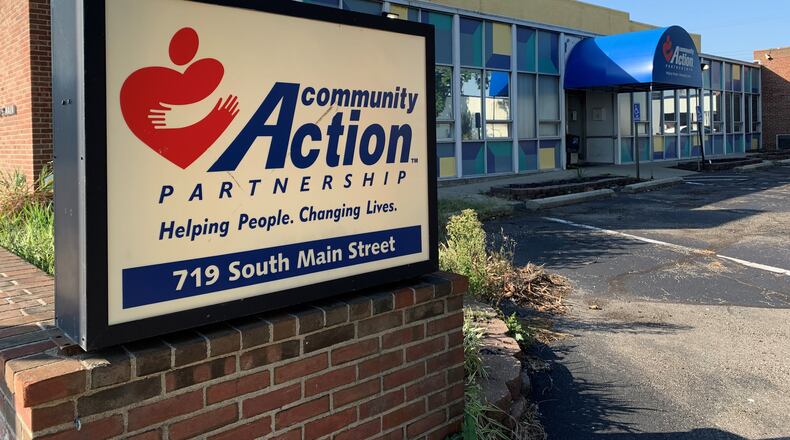MVCAP’s utility assistance program serves Montgomery, Greene, Darke and Preble counties. Last year, MVCAP processed 30,000 applications for LIHEAP assistance.
“We think this program is incredibly important for the communities we serve,” Jeffries said. “We’re waiting as patiently as we can to hear more about the future of the program and how the cuts now might affect the Department of Health and Human Services’ ability to administer the program moving forward.”
The roughly two dozen workers who ran LIHEAP were among 10,000 people fired as part of a dramatic restructuring of the Department of Health and Human Services earlier this month, the Associated Press reported.
When asked about the fate of LIHEAP and the outstanding payments, Emily Hilliard, deputy press secretary for HHS, told the AP: “HHS will continue to comply with statutory requirements, and as a result of the reorganization, will be better positioned to execute on Congress’s statutory intent.”
Without any staff in place, states are questioning how and if they will get the rest of their money, especially for upcoming summer cooling programs.
‘Health and safety’
HEAP has a few components — the winter crisis program, the summer crisis program and an additional winter benefit for those who do not have disconnect notices from their utility companies. Eligibility for assistance is based on income, household size and other factors.
In Ohio, the LIHEAP or HEAP is funneled through the Ohio Department of Development but managed by community action agencies. Roughly 265,000 Ohio households were served through LIHEAP in 2023.
Credit: Submitted
Credit: Submitted
An Ohio Department of Development spokesperson said the department has “not been informed of any changes that would affect community action agencies in future program years.”
“We continue to monitor developments closely and will assess any potential impacts on Ohio’s programs as federal agencies complete their reviews under the new administration,” said Brian Bohnert, the senior public information officer for the state development department.
The program has already delivered the bulk of its aid to the states for this fiscal year. For Ohio’s agencies that administer the HEAP program, they’re awaiting the final word on about 10% of their funding for the fiscal year, as well as what’s to come for the program moving forward.
“Regardless of the staffing cuts at in HHS, this department still has a federal mandate to operate the LIHEAP program and to distribute the funds as Congress has appropriated them,” Jeffries said.
Jeffries said income-restricted households often have to make trade-offs in their budgets — if they’re hoping to cover their heat bill, they may skip meals, or vice versa. LIHEAP helps prevent that trade-off.
According to the National Energy and Utility Affordability Coalition, which advocates for utility assistance, three out of 10 households receiving LIHEAP reported using their kitchen stove to heat their home at least once in the year preceding assistance.
Additionally, 17% of adults report having kept their home at a temperature that felt unsafe or unhealthy in the past year, according to a 2025 National Energy and Utility Affordability Coalition factsheet.
Extreme heat or cold can complicate medical conditions and even cause damage to a house itself — burst pipes are devastating both to a home and to a bank account.
“There really is a health and safety aspect to this,” Jeffries said.
Butler County
In Butler County, HEAP is funneled through Supports to Encourage Low-income Families. SELF Executive Director Jeffrey Diver said Butler County’s community action agency saw 1,300 households served in its most recent winter crisis program, with more applications pending.
The assistance amount varies. A household’s benefit could range from a maximum of $175 for a utility payment to $1,200 for a propane tank fill.
In Butler County, one-third of families served in the HEAP program are senior citizens. Another one-third are people with disabilities.
“We’re helping people who have a limited ability to help themselves. Financially, especially,” said Diver.
Diver said he’s concerned for the program on a national scale.
“If the national staff is eliminated, who is going to be there to oversee and make sure our vulnerable populations throughout the country are being served through this program?” he asked.
The Associated Press contributed to this report.
By the Numbers:
30,000: Number of LIHEAP assistance applications processed by MVCAP in 2024
17: Percentage of adults who reported keeping their home at a temperature that felt unsafe or unhealthy in the past year
10,000: Number of people fired as a part of HHS restructuring
About the Author


